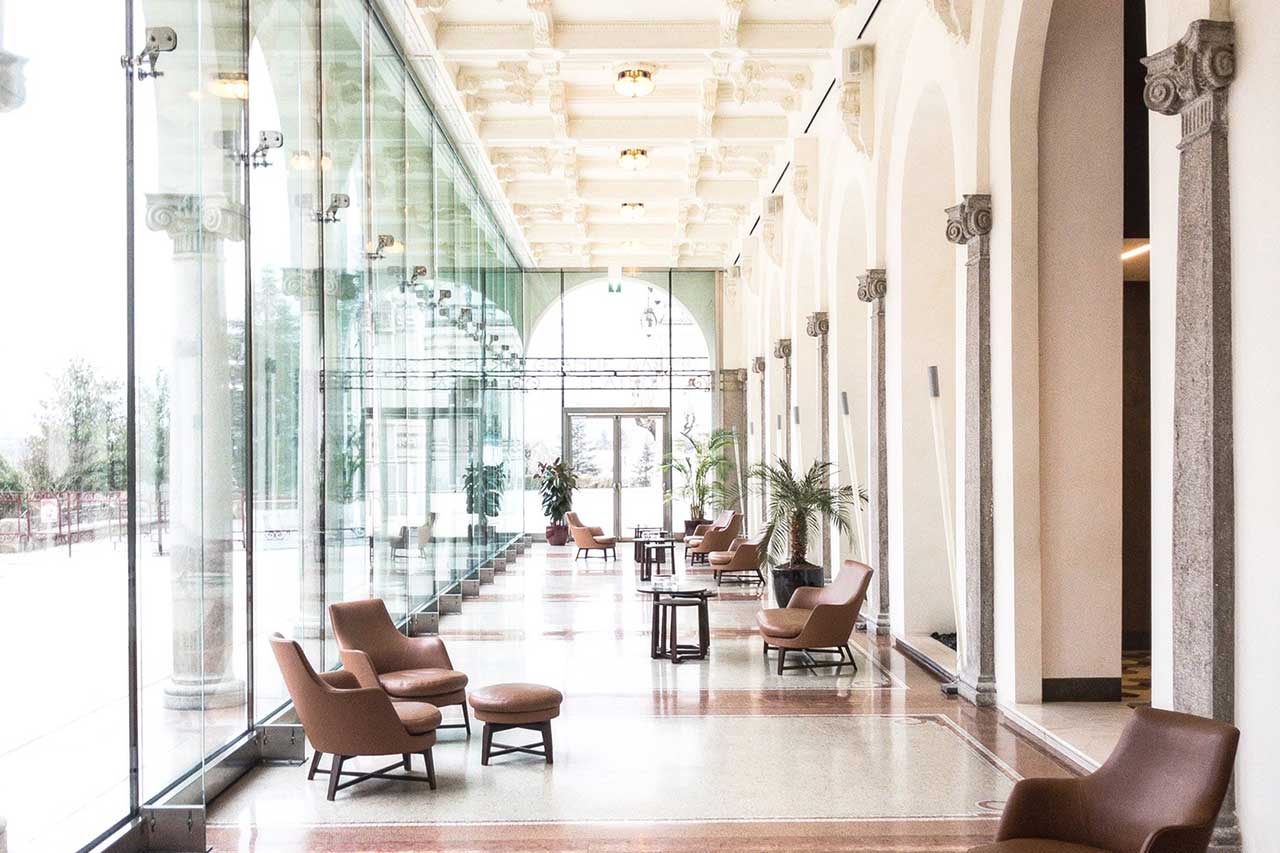
Caveat emptor (Let the buyer beware)! Increased demand and investment into energy conservation practices and products, should give you pause. Are you really going green or have you been veridi lavit (green washed)? For commercial buildings, certification means credibility and the assurance of an investment in authentic green products and practices. Architects, engineers, building owners and facilities managers not only seek LEED certification for their own peace-of-mind and assurance of measurable benefit – their tenants, customers, and consumers demand it.
A major component of any building envelope is its fenestration. A 10 to 40 percent reduction in lighting and HVAC costs can be achieved by improving energy efficiency through the design, placement and efficiency of windows. Windows are the greatest source of heat loss and gain in any building. Minimizing heat loss in colder months and heat gain in warmer months is crucial to reducing the amount of energy required to heat and cool a building. A quality window film retrofit is recognized as a cost effective solution for improving any building envelope’s energy efficiency.
Window film manufacturers are now able to certify their products’ energy performance ratings according to the National Fenestration Rating Council (NFRC) certification process. The NFRC provides an independent, third-party verification of window film performance. Its rating system allows consumers to compare window film products and to verify their energy performance. An NFRC label provides units of measure that are valuable when applying for LEED credits, including:
• Solar Heat Gain Coefficient (SHGC) – a measure (between 0.0 and 1.0) of how well a product blocks heat from the sun. The lower the SHGC, the better a product is at blocking heat gain.
• Visible Transmittance (VT) – a measure (between 0.0 and 1.0) of how much light comes through a particular window film product. The higher the VT, the higher the potential for daylighting.
The U.S. Green Building Council (USGBC) is committed to a sustainable future through cost-effective and energy-saving green buildings and works to that end through its LEED green building program. For architects, engineers and building owners looking to achieve LEED certification, many window films meet LEED Energy and Atmosphere Prerequisites and qualify for LEED credits. Qualifying categories for credits include “Indoor Environmental Quality”, “Daylight and Views” and “Optimize Energy Performance” among others.
Insulating, Low-E window films have been specifically designed to conserve energy. Featuring “Wavelength-Selective” metals which block more of the solar spectrum than conventional metals, some window films can reduce air conditioning costs by blocking up to 73 percent of the sun’s heat. They can also reduce heat loss by up to 30 percent. Utilizing a metal coating, their construction enables interior room heat to be reflected back into the room. Personal comfort is improved and reduction in drafts and fluctuations in temperature can generate considerable savings on fuel expense. With ever-increasing demand for energy conservation, recognized and reputable window film manufacturers, such as 3M Company, are working to assist their authorized dealers to help facilitate local, customized energy efficiency rebate programs for large commercial projects.
If a building already has Low-E windows installed, window film can enhance their performance. A Low-E window can block up to 90 percent of UV radiation. The same window with an appropriate window film installed will block more than 99 percent of the UV radiation that contributes to heat loss and gain. Window films also improve the safety of Low-E windows. Designed to hold glass in place in the event of blasts, highimpact blows or violent weather, safety films significantly improve security and reduce the risk of injury and damage to property.
The energy conservation benefits of a quality window film installation are recognized by the NFRC, USGBC and qualify for LEED credits. Est veritas (the truth is) — if there is one “green” product that should NOT give you pause, it is quality energysaving window film. An installation now will deliver immediate results.
Corporate Location: 23042 Mill Creek Drive, Laguna Hills, CA 92653
Copyright 2025 - American Window Film | All Rights Reserved | Contractor's License #1054307